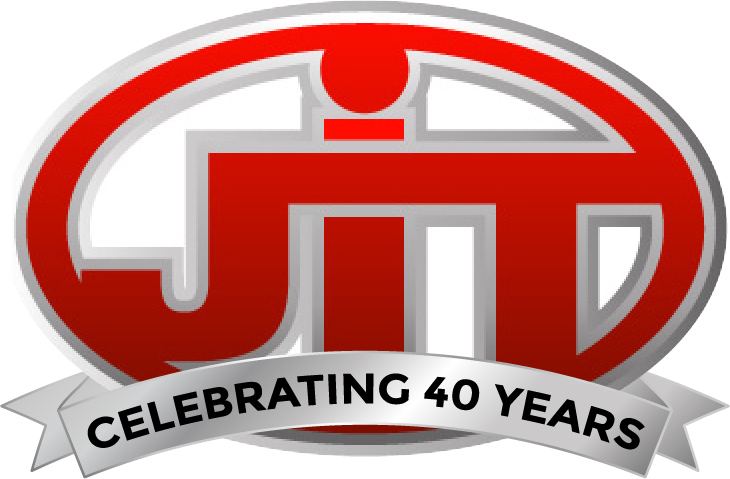Consequences of Working with Worn Out Forklift Forks
Your forks are arguably two of the most important components on your machine. Afterall, having the power to lift and maneuver doesn’t mean anything if you don’t have strong, well maintained forklift forks to carry your loads. They may seem like they can tackle any job you throw at them no matter what, but it’s critical to remember that they will wear out eventually with regular use under normal working conditions.
A key part of forklift maintenance is regularly inspecting your forks and looking signs of damage, because using your machine with worn out forks can lead to serious consequences for your operators and other team members.
Why you shouldn’t work out with damaged or worn out forklift forks
Waiting too long to replace worn down forks can create a dangerous work environment, damaged product, and even injured workers. Here are some of the primary consequences of putting off forklift fork replacement:
- Safety hazards: Damaged forklift forks may lead to unstable loads and can snap, potentially causing accidents and injuries to those around the machine.
- Reduced performance: Bent or misaligned forklift forks can reduce the performance of your machine, making it more difficult to pick up and place your loads and reducing its efficiency.
- Loss of product: If your forks snap, then it will cause your forklift to drop its load and lead to broken and damaged products.
- Increased maintenance costs: Damaged forklift forks may require more frequent maintenance and repairs, because they can lead to greater wear and tear on other components, like shanks, positioning locks, and more.
Regularly check each forklift fork
Inspecting the forks needs to be a part of your daily forklift maintenance routine. OSHA regulations stipulate that all powered industrial trucks and forklifts have to be examined daily, or after each shift if you are using them 24/7. For single shift facilities, ANSI/ITSDF B-56.1 standards require that forks be checked and examined at least once per year. Even with a single shift operation, we still suggest inspecting each forklift fork more often than that, at least weekly.
Here are the primary things you should check when inspecting your forks:
- Surface cracks
- Fork tip height
- Bent shanks or blades
- Positioning locks
Routinely measure forklift fork thickness
In order to avoid the dangers of worn out forks, it’s important to regularly measure their thickness. If they are worn down by more than 10%, then we recommend replacing them. A 10% decrease in fork thickness lowers their load capacity by 20%. We suggest using forklift calipers to measure the thickness of each fork blade. Determine your base measurement by checking the thickness of the shank, then compare that to the section of the fork that receives the most wear, typically the heel.
Click here to read another article of ours that covers how to know when your forklift forks are worn and need to be replaced.
Don’t wait for an accident, injury, or damaged product to replace your forks! If you have any questions about how to inspect your forklift forks, how to replace them, or forklift maintenance in general, contact our team today.
